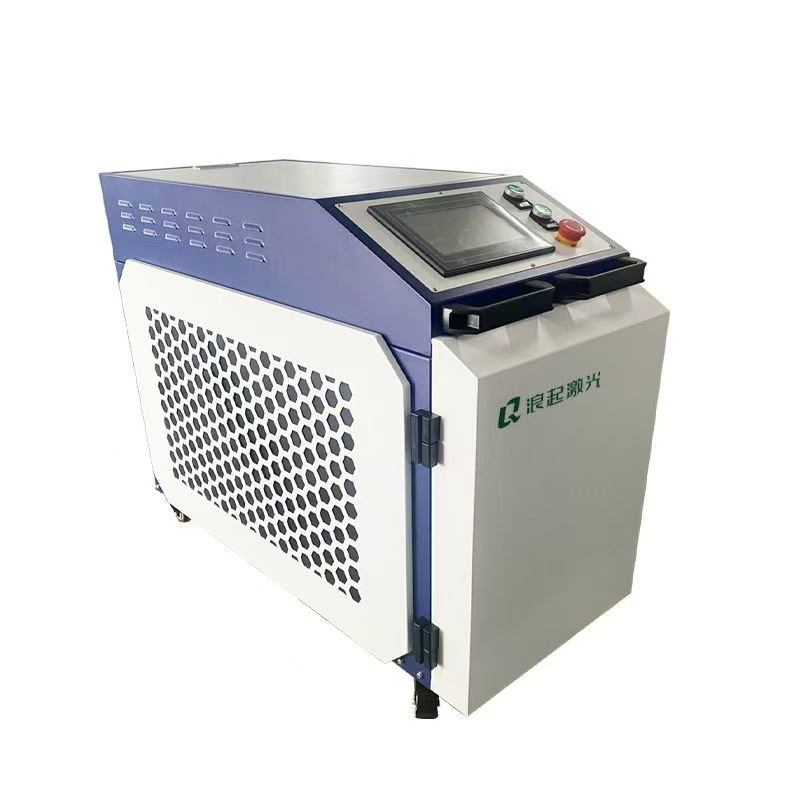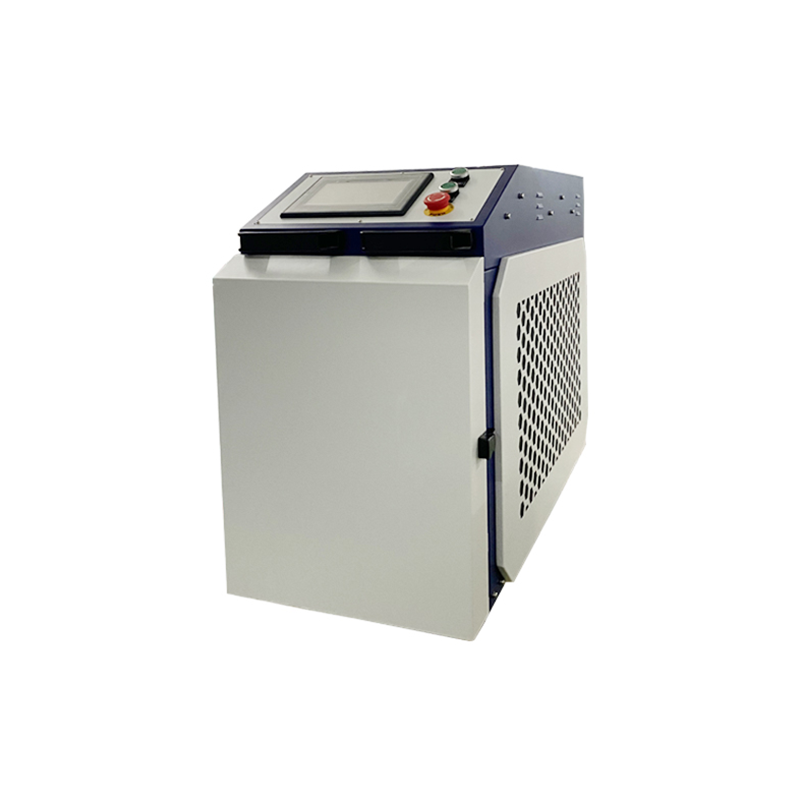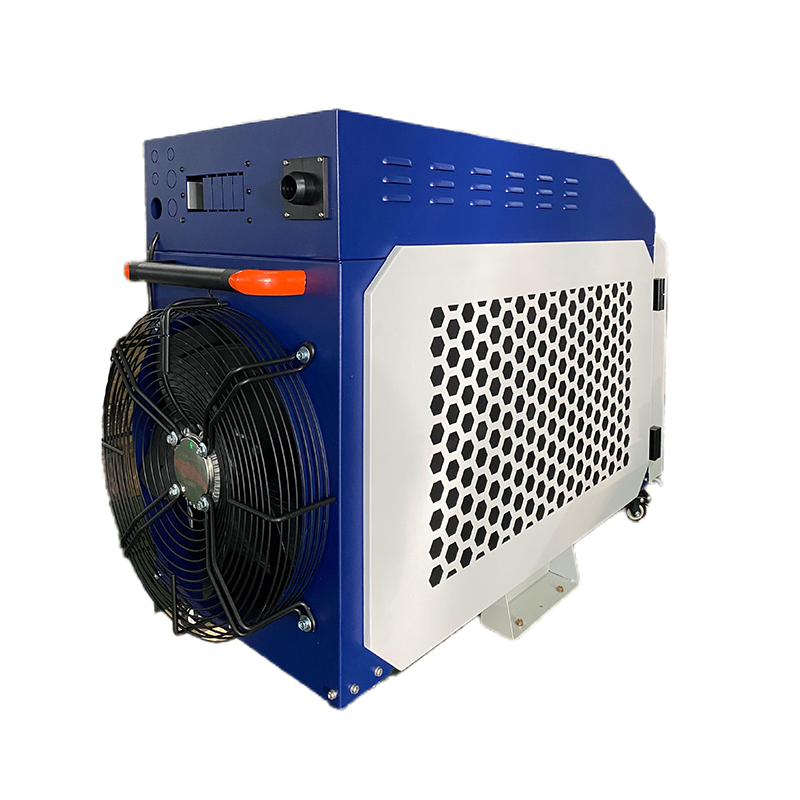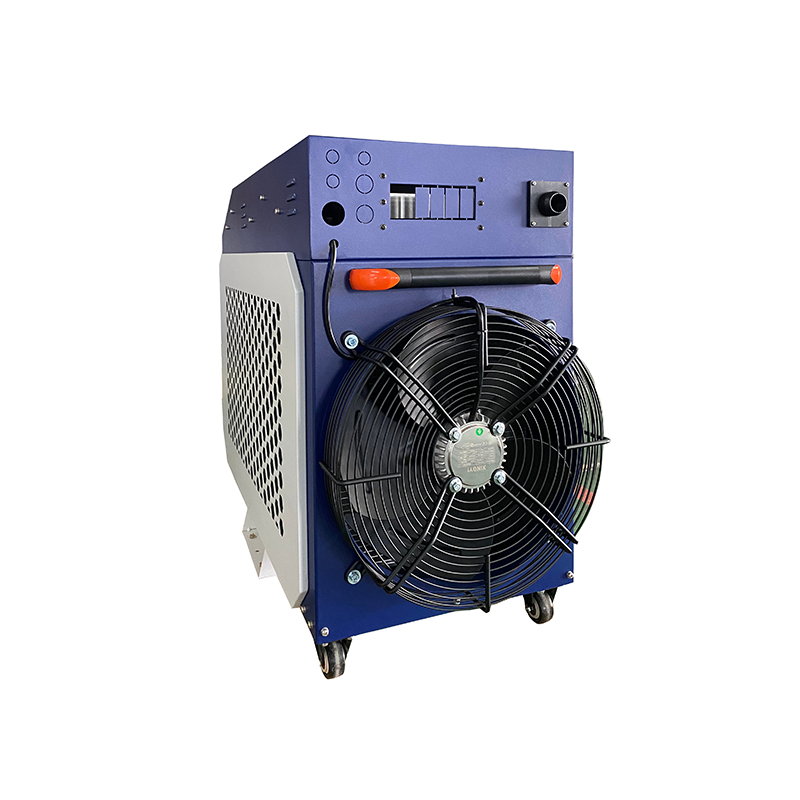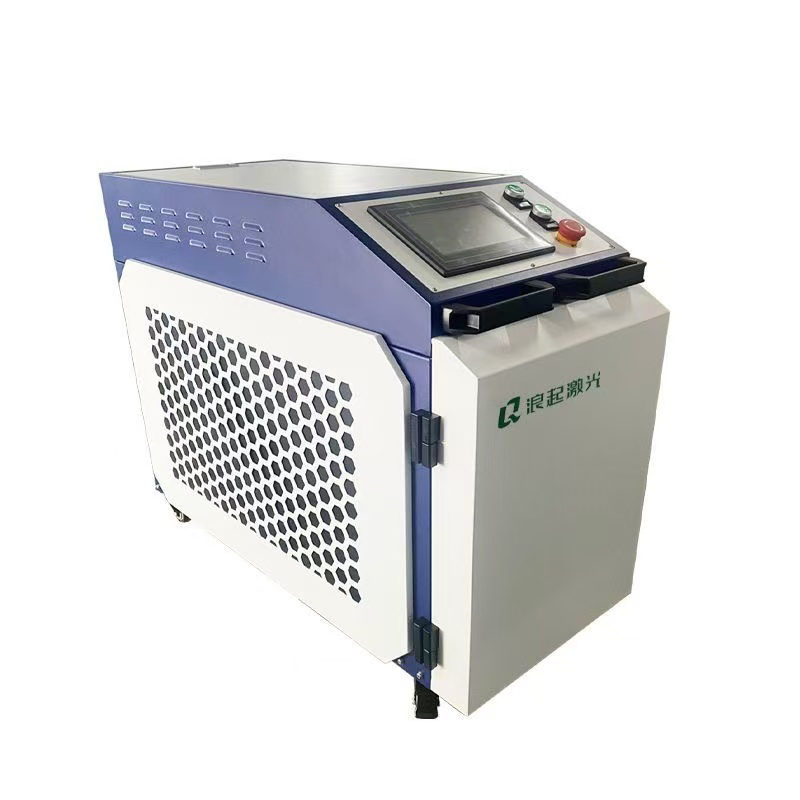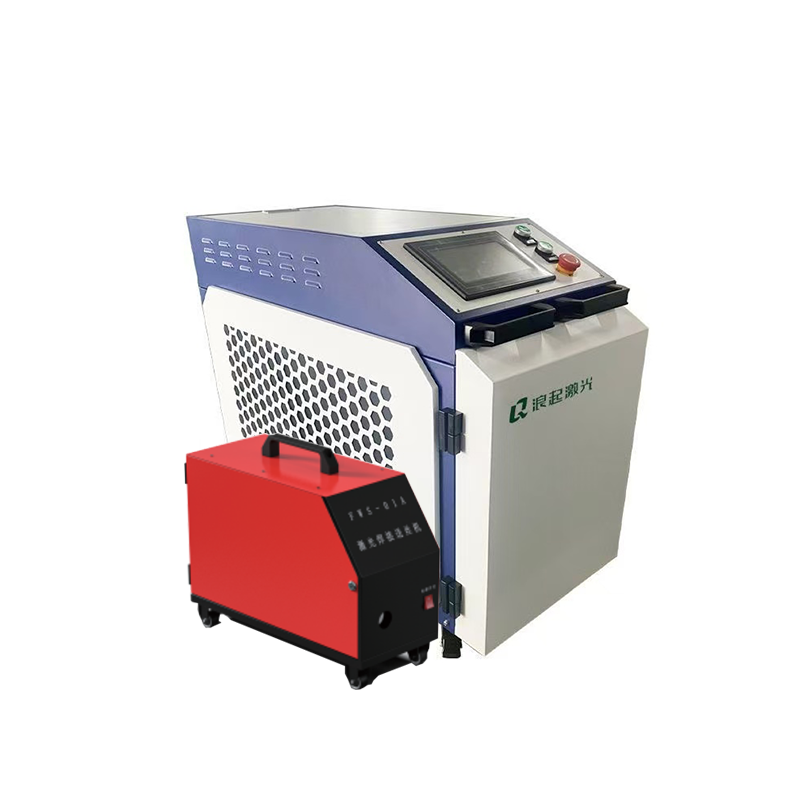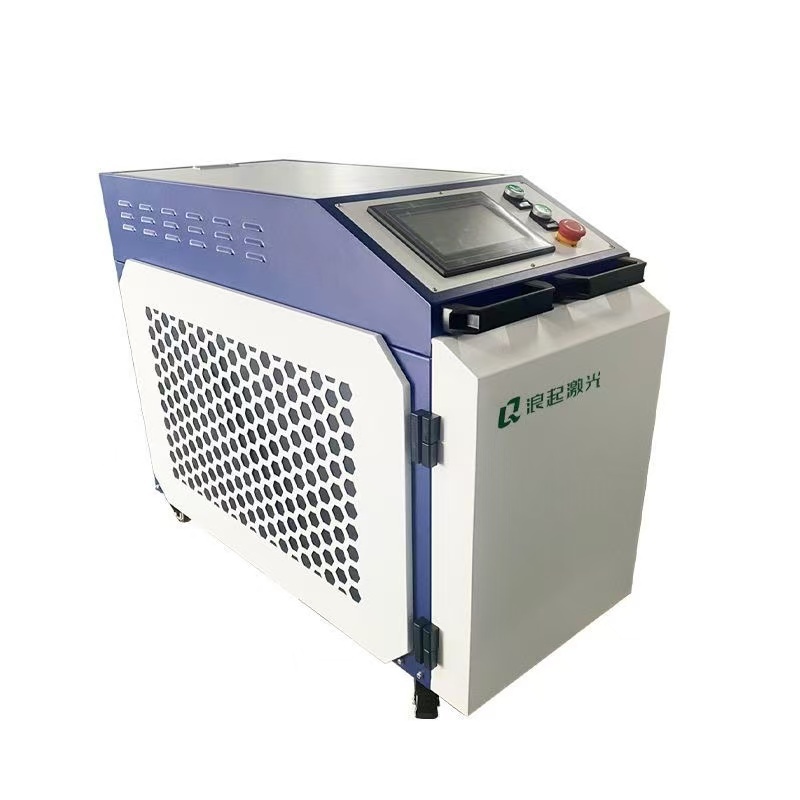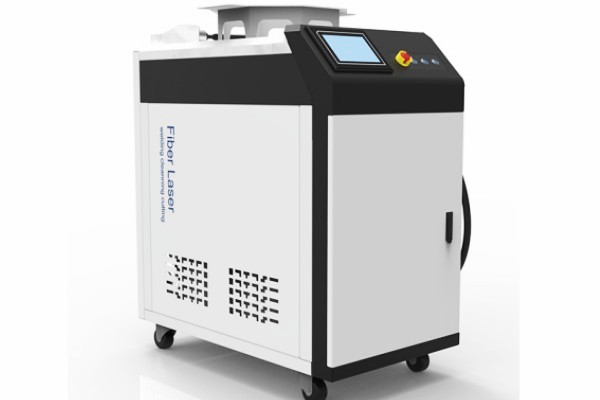Of course. This is an excellent question, as not all metals react the same way to the laser cleaning process.
A fiber laser rust removal machine is exceptionally versatile and can effectively clean a wide range of ferrous and non-ferrous metals. The key principle is that the laser's high-intensity light is preferentially absorbed by the contamination (rust, paint, oil) but reflected by the underlying bare metal substrate (if parameters are set correctly).
Here is a breakdown of the types of metal materials a fiber laser rust remover can handle, categorized by effectiveness and important considerations.
Category 1: Excellent Results (Ideal Applications)
These metals are perfectly suited for laser cleaning, yielding fantastic results with low risk of damage.
Carbon Steel: This is the most common and ideal application. The laser effortlessly removes rust, mill scale, and paint, revealing the clean, bare metal underneath without affecting the substrate.
Stainless Steel: Laser cleaning is superb for restoring stainless steel. It removes rust (surface "tea-staining"), heat tint (weld oxidation colors), oil, and dirt without damaging the passive chromium oxide layer that gives stainless its corrosion resistance. In fact, it can actually enhance corrosion resistance by creating a cleaner surface for passivation.
Cast Iron: Effectively removes heavy rust, carbon deposits, and old coatings from engine blocks, machine tool parts, and decorative ironwork.
Category 2: Very Good Results (Commonly Used)
These metals work very well but require more careful parameter tuning to avoid surface alteration.
Aluminum and Aluminum Alloys: Laser cleaning works well on aluminum to remove oxidation (white powdery corrosion), paint, anodized layers, and oils.
Important Consideration: Aluminum has a high reflectivity to laser light (especially at common fiber laser wavelengths) and a low melting point. If the power is too high or the speed too slow, the surface can be etched or melted, altering its appearance. Proper settings are crucial to clean without damaging the surface.
Copper and Brass (Copper Alloys): Lasers can effectively remove tarnish, oxidation, and paint from copper and brass.
Important Consideration: Similar to aluminum, copper is highly reflective. The laser can easily alter the distinctive color (patina) of the metal if not handled carefully. The goal is often to clean without making it look "brand new" if a specific aesthetic is desired.
Category 3: Possible with Extreme Caution
These metals can be processed but are highly susceptible to damage and require expert-level operation and precise parameter control.
Galvanized Steel (Zinc-Coated): The purpose of the zinc coating is to prevent rust. A laser will easily ablate (remove) the zinc layer. This is generally not recommended unless the specific goal is to strip the galvanization before a subsequent process like welding or re-coating.
Thin Sheet Metal: Any very thin metal (e.g., car body panels, thin gauge aluminum) can be warped or pierced if the laser power is too high or the heat input is not managed correctly (e.g., by using a pulsed laser mode and high speed).
What It Cannot Do (Or Is Highly Inadvisable)
Non-Metallic Materials: Plastics, wood, rubber, and glass will be severely damaged, burned, or melted by the laser. It is a metal-cleaning tool.
Painted Surfaces with Lead or Chromates: While the laser can remove the paint, it will aerosolize the toxic heavy metals within the paint, creating a serious health hazard. Traditional methods like media blasting with proper containment are safer for toxic coatings.
Metal Surfaces with Plastic Fillers or Coatings: The laser will burn the plastic, leaving a residue that is often harder to clean than the original problem.
Summary Table
| Metal Type | Laser Cleaning Effectiveness | Key Considerations |
|---|---|---|
| Carbon Steel | Excellent | Ideal application for rust and mill scale removal. |
| Stainless Steel | Excellent | Perfect for restoring corrosion resistance. |
| Cast Iron | Excellent | Great for heavy rust and carbon removal. |
| Aluminum | Very Good | Requires careful settings to avoid surface etching/melting. |
| Copper / Brass | Very Good | Can remove tarnish; may alter desired patina/color. |
| Galvanized Steel | Possible (but careful) | Will remove the protective zinc coating. Not for maintenance. |
| Thin Sheet Metal | Possible (but careful) | Risk of warping or piercing. Requires low heat input. |
| Non-Metals (plastic, wood) | No | Will be burned and damaged. |
| Toxic Coatings (lead) | No | Creates hazardous airborne toxins. Do not use. |
The Critical Factor: Parameter Tuning
The most important takeaway is that the skill of the operator in tuning the laser parameters is what makes the process work on different metals. Key settings that must be adjusted include:
Laser Power (Wattage): Higher power for thick rust on steel, lower for delicate surfaces like aluminum.
Pulse Frequency (Hz): Adjusts how often the laser fires, affecting the heat input.
Scanning Speed: How quickly the laser beam moves across the surface.
Spot Size: The size of the laser beam on the surface.

